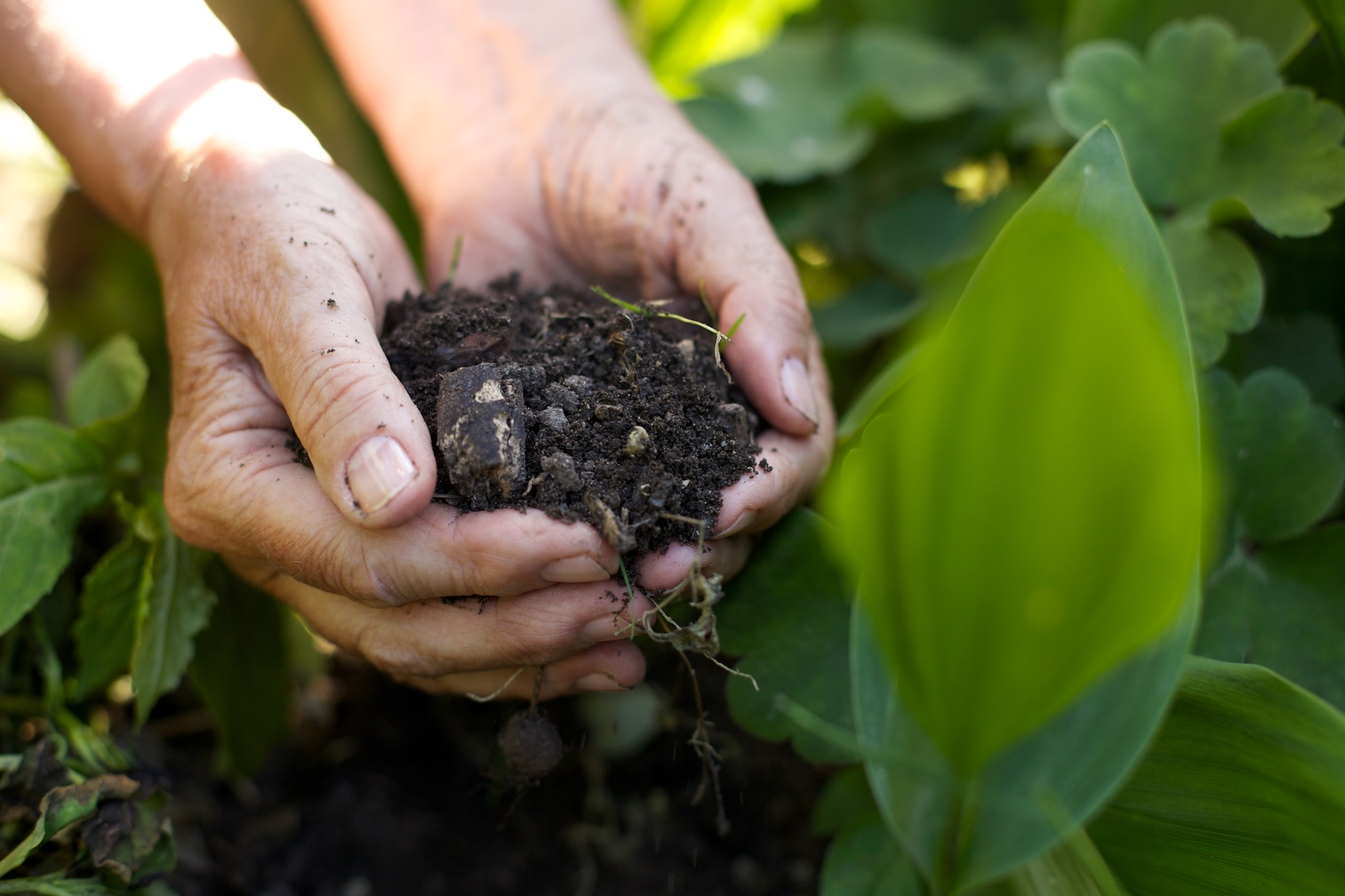Soil samples: An important step for sustainable agriculture

Soil samples: An important step for sustainable agriculture
The beginning of the year is the ideal time to take soil samples from the fields. This process is crucial in order to maintain and maximise soil fertility. Samples are taken from several points in the field using a special sampling rod to obtain a representative composite sample. These samples are taken in spring, before the growing season and fertilisation begin. The samples are then carefully packaged, labelled and sent to the laboratory, where they are analysed for various nutrients.
But why is this analysis so important?
Regularly analysing the soil provides valuable information about the current nutrient content. This makes it possible to determine which nutrients are missing or present in excess. With this data, fertilisation can be adjusted in a targeted manner - tailored to the needs of the plants, the previous crop and the planned harvest.
The aim is to fertilise according to need instead of indiscriminately applying nutrients. This prevents over-fertilisation of the soil and ensures that the plants receive exactly the nutrients they need for healthy growth.
By treating the soil with care, farmers make an important contribution to the sustainable use of this valuable resource and promote environmentally friendly agriculture.

